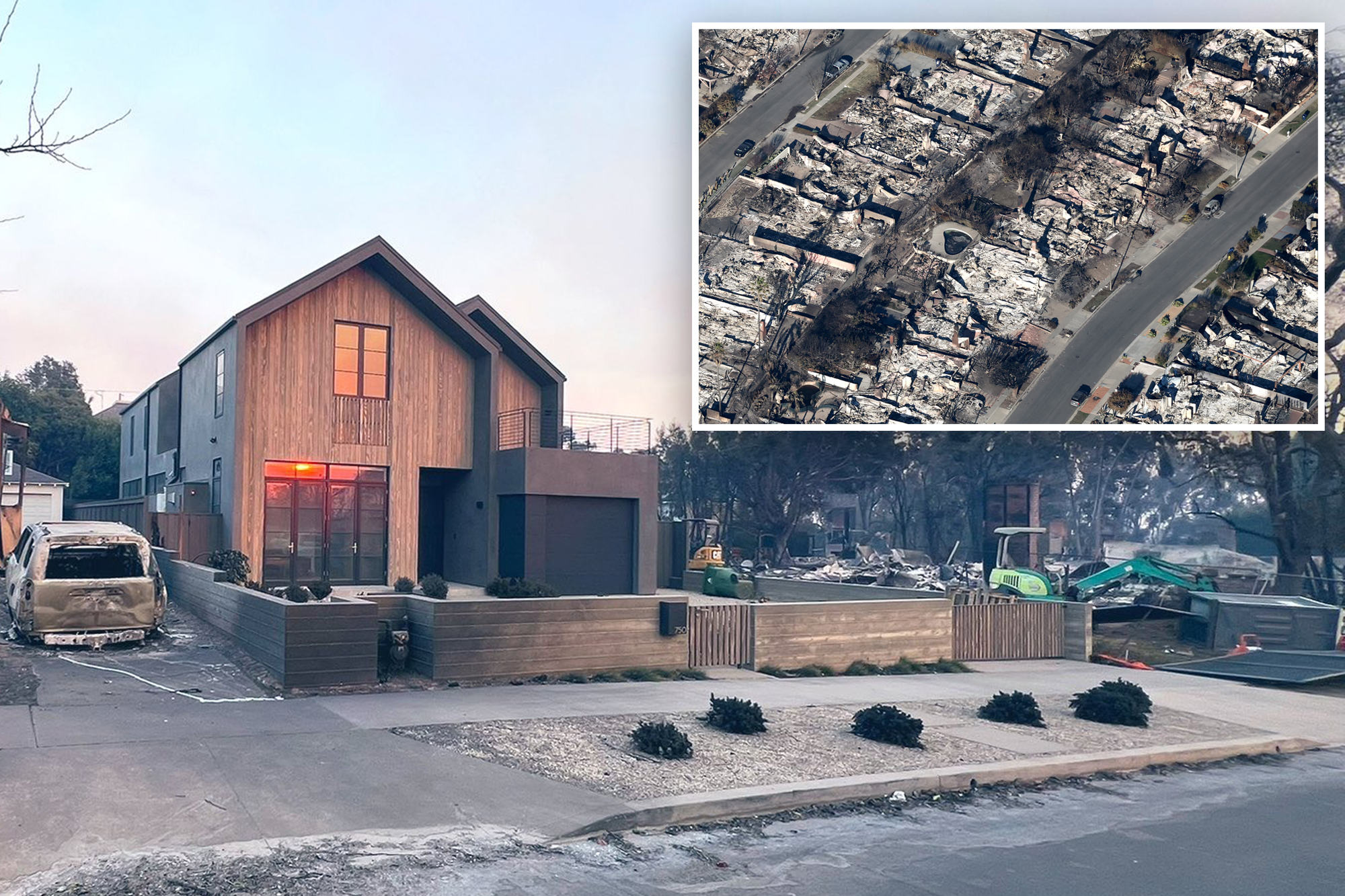C
alifornia's devastating wildfires have left thousands without homes, but a few lucky residents have managed to save their houses due to innovative design features. One such house, built by architect Greg Chasen in 2024, stands out as an example of how "passive home" design can protect against fire damage.
A passive home is designed to be incredibly eco-friendly and energy-efficient, using techniques like airtight construction, strong exterior insulation, and triple-pane windows. This type of house consumes significantly less energy for heating and cooling compared to other buildings in the same climate zone.
The International Passive House Association sets strict criteria for what constitutes a passive home, including a 86% reduction in energy consumption for heating and 46% for cooling. To achieve this, homes are built with strong exterior insulation, no heat transfer across the exterior, and airtight construction that prevents outdoor air from seeping in.
Greg Chasen's house on Iliff Street is one such example of a passive home that survived the wildfires. The house boasts several fire-proofing features, including metal roofing with a fire-resistant underlayment, a protected area free of vegetation, and cast-in-place concrete garden walls.
The principles behind passive home design can also help protect against fires. According to Passive House Accelerator, these principles include superinsulated envelopes, airtight construction, high-performance glazing, thermal-bridge-free detailing, and heat recovery ventilation. These features can help stop embers from entering building envelopes and reduce the risk of fire damage.
Architects like Ignacio Rodriguez are now incorporating passive strategies into their designs to make buildings more resilient to fires. Rodriguez notes that tighter envelopes are key to fire resistance, while windows with aluminum frames are more resistant to heat and wind than vinyl frames.
While passive homes may be more expensive upfront, they offer ongoing savings in utility bills and can provide a safer living space during natural disasters like wildfires. As the demand for sustainable and resilient housing grows, passive home design is becoming an increasingly attractive option for homeowners and builders alike.













